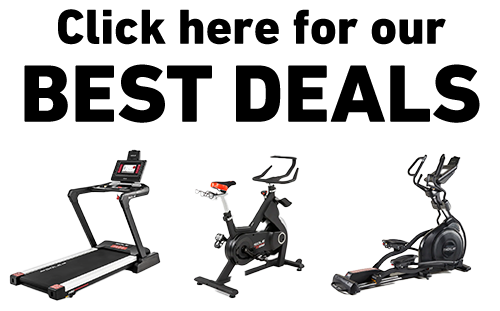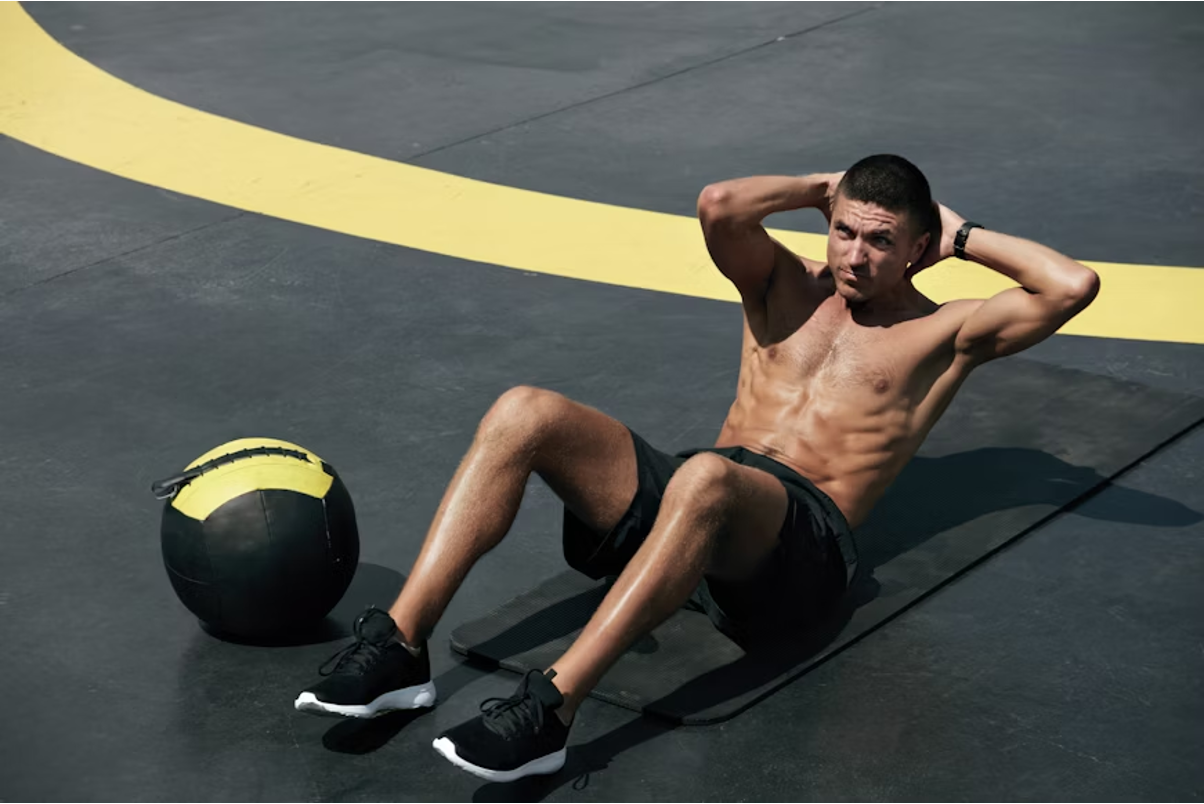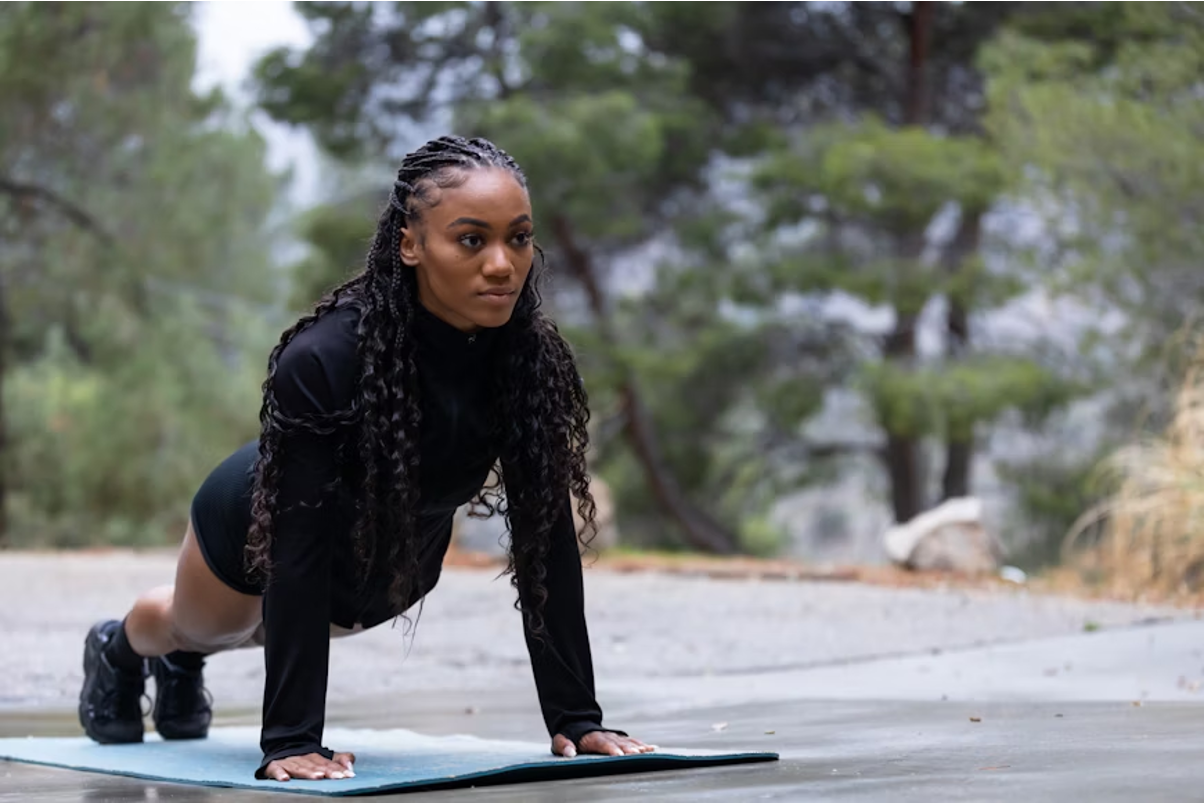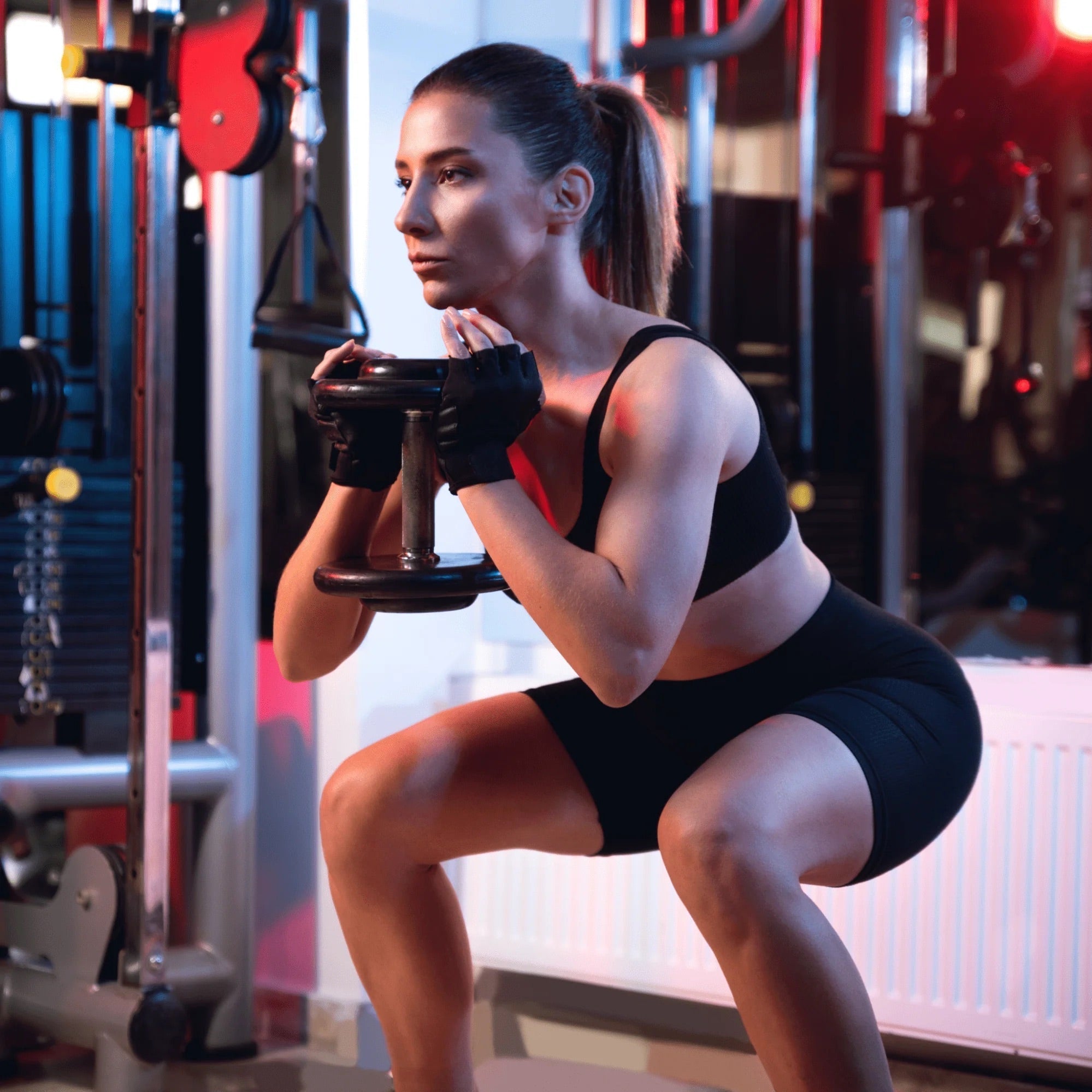Key Takeaways
- Side crunches primarily target the obliques while maintaining spinal alignment, making them safer for those with back concerns.
- Russian twists engage more core muscles simultaneously and can burn up to 20% more calories than traditional ab exercises.
- Both exercises effectively target love handles, but proper form is crucial to prevent injury.
- Adding weights to either exercise can significantly increase muscle activation and calorie burn.
- SOLE's adjustable dumbbells and weight bench enhance side crunches and russian twist with precise loading and stability.
Overview of Side Crunches vs. Russian Twists
The battle for the best oblique exercise often comes down to side crunches versus Russian twists. Both are powerful movements that target your waistline, but they work your body in fundamentally different ways.
Side crunches involve a lateral flexion movement where you're essentially bending sideways while lying down, primarily isolating the obliques in a controlled movement pattern. Russian twists, on the other hand, incorporate rotational movement while your torso is held at an angle, engaging multiple muscle groups simultaneously while challenging your balance and stability.
Understanding which exercise better suits your goals requires looking at its effectiveness and your personal fitness level, injury history, and what you're trying to achieve.
|
Build Your Foundation with Premium-Grade Strength Equipment!
 Complete Your Home Gym:
Why Choose SOLE Strength: ✓ Heavy-duty steel construction with rust protection 30-Day Money-Back Guarantee: Love it or return it, no questions asked. |
Side Crunches: Form and Function

Side crunches offer precise oblique targeting through controlled lateral movement, making them an excellent starting point for beginners or those with back concerns.
Proper Side Crunch Technique
Perfecting your side crunch technique is essential for maximizing results while minimizing injury risk. Start by lying on your side with your legs stacked and knees slightly bent. Place your bottom arm straight out on the floor for stability, and position your top hand behind your head (not pulling on your neck).
From this position, exhale as you lift your shoulders off the ground, contracting your obliques to pull your ribcage toward your hip.
Key Form Points:
- Keep hips stacked and stable throughout the movement
- Lift using oblique strength, not momentum or neck pulling
- Maintain controlled breathing; exhale on exertion
- Focus on quality contractions rather than high repetitions
- Perform equal repetitions on both sides to maintain balance
Muscles Targeted During Side Crunches
While side crunches are renowned for targeting the obliques, they engage a surprising number of supporting muscles as well. The primary movers are the external and internal obliques, which run diagonally across your sides and are responsible for lateral flexion and rotation of the torso.
The transverse abdominis—your deepest core muscle that acts like a natural weight belt—also activates to stabilize your spine during the movement.
Benefits of Side Crunch

Side crunches develop functional lateral stability that translates to improved athletic performance and better movement quality in daily activities.
The benefits of side crunches extend far beyond aesthetic improvements to your midsection. They're excellent for developing functional strength that translates to everyday activities like lifting grocery bags, reaching for items on high shelves, or bending sideways to pick something up.
This functional carryover makes them particularly valuable for improving quality of life and preventing injuries during daily tasks.
Side crunches also excel at improving lateral stability, which is crucial for athletic performance in sports requiring quick directional changes like tennis, basketball, and soccer.
If you’re concerned about back health, side crunches offer a gentler alternative to many rotational exercises, as they can be performed with minimal spinal compression when done correctly.
Russian Twists: The Rotational Powerhouse

Russian twists challenge the entire core complex through rotational movement combined with an unstable seated position, creating comprehensive muscle activation.
How to Do Russian Twists Correctly
Mastering proper Russian twist form is essential for both effectiveness and safety. Begin by sitting on the floor with your knees bent and feet flat.
Lean back slightly to create approximately a 45-degree angle between your torso and the ground, keeping your spine straight rather than rounded.
Lift your feet a few inches off the ground (beginners can keep feet grounded if needed) and extend your arms forward with hands clasped together or holding a weight.
From this balanced position, exhale as you rotate your torso to the right, bringing your hands toward the floor beside your hip. The movement should come from your core, not your arms or shoulders. Pause briefly, then rotate to the left side in the same controlled manner.
Essential Form Cues:
- Keep your lower back in a neutral position throughout the movement
- Rotate from your ribcage, not just your arms
- Maintain elevation in your chest rather than slumping
- Control the tempo—avoid using momentum to swing
- Start with bodyweight before progressing to weighted versions
7 Muscles Engaged in Russian Twists
Russian twists create a symphony of muscle activation throughout your core and beyond. The primary movers include both the internal and external obliques, which generate the rotational force and control the movement path. Your rectus abdominis works isometrically to maintain your V-position throughout the exercise, while the transverse abdominis provides critical stabilization.
|
Muscle Group |
Function During Russian Twists |
Activation Level |
|
External Obliques |
Primary rotational movers |
Very High |
|
Internal Obliques |
Assist with rotation and stabilization |
Very High |
|
Rectus Abdominis |
Isometric stabilization of torso |
Moderate-High |
|
Transverse Abdominis |
Core compression and stabilization |
High |
|
Erector Spinae |
Spinal stabilization |
Moderate |
|
Hip Flexors |
Leg elevation maintenance |
Moderate |
|
Shoulder Stabilizers |
Arm position control |
Low-Moderate |
Benefits of Russian Twist

Russian twists deliver exceptional metabolic demand and rotational power development, making them valuable for both athletic performance and fat loss goals.
Russian twists excel at developing rotational power, which is crucial for virtually every sport from golf and tennis to baseball and martial arts.
The twisting motion directly mimics the force production patterns needed in these activities, making Russian twists one of the most sport-specific core exercises available.
Russian twists also create exceptional metabolic demand. Because they engage so many muscle groups simultaneously, they burn significantly more calories than isolation exercises. This makes them particularly valuable for those seeking both strength and fat loss benefits from their core training.
Transform Your Core Training with SOLE's Precision Equipment

SOLE's strength equipment takes these exercises from basic bodyweight movements to precision training tools.
The SW180 and SW155 Adjustable Dumbbells are perfect for adding progressive resistance to Russian twists. Start light at 5–10 pounds and gradually increase as your rotational strength improves. The quick-adjust system means you can dial in the exact weight for challenging sets without interrupting your workout flow.
The SW116 Weight Bench transforms side crunches by providing the perfect platform for supported variations and decline angles. Its 9 adjustable positions let you find the optimal angle for maximum oblique activation while protecting your lower back. The rock-solid 550-lb capacity ensures zero wobbling during dynamic movements.
Don't overlook the SOLE Equipment Mat for floor-based variations. Its cushioned surface protects your spine during side crunches while the non-slip design keeps you stable during challenging Russian twist sets. The 36.5" x 78" size provides plenty of room for full range of motion in both exercises.
The SOLE+ App includes guided core workouts that show proper progression from basic variations to advanced weighted versions, ensuring you maintain perfect form while continuously challenging your obliques.
Frequently Asked Questions (FAQs)
Do Russian twists or side crunches burn more calories?
Russian twists generally burn more calories than side crunches due to their more comprehensive muscle recruitment pattern. When performing Russian twists, you're engaging your obliques, rectus abdominis, transverse abdominis, hip flexors, and shoulder stabilizers simultaneously.
Can I do both exercises in the same workout?
Absolutely! Combining side crunches and Russian twists creates a comprehensive approach to oblique training that targets these muscles through different movement patterns. Start with Russian twists early in your workout when you have more energy for this demanding exercise, then follow with side crunches for precise muscle targeting.
How often should I train my obliques?
For optimal oblique development without overtraining, aim to train these muscles 2–3 times per week with at least 48 hours recovery between dedicated sessions. The obliques function as stabilizers during many daily activities, so they can handle somewhat more frequent training than larger muscle groups.
Will these exercises help me lose love handles?
While both exercises effectively strengthen the muscles beneath love handles and spot reduction, losing fat from specific areas through targeted exercise isn't physiologically possible. Fat loss occurs systemically based on caloric deficit, not where you exercise. However, developing strong obliques ensures impressive definition once overall body fat decreases through proper nutrition and comprehensive exercise.
Are these exercises suitable for seniors or people with back problems?
Side crunches are generally safer for seniors and those with back concerns, involving less spinal loading and easier modifications. The lateral movement places minimal compression on the spine while effectively targeting obliques. The SOLE Equipment Mat provides essential cushioning for comfortable floor exercises, while the SW116 bench allows for other variations that reduce stress on the lower back.







Leave a comment
This site is protected by hCaptcha and the hCaptcha Privacy Policy and Terms of Service apply.